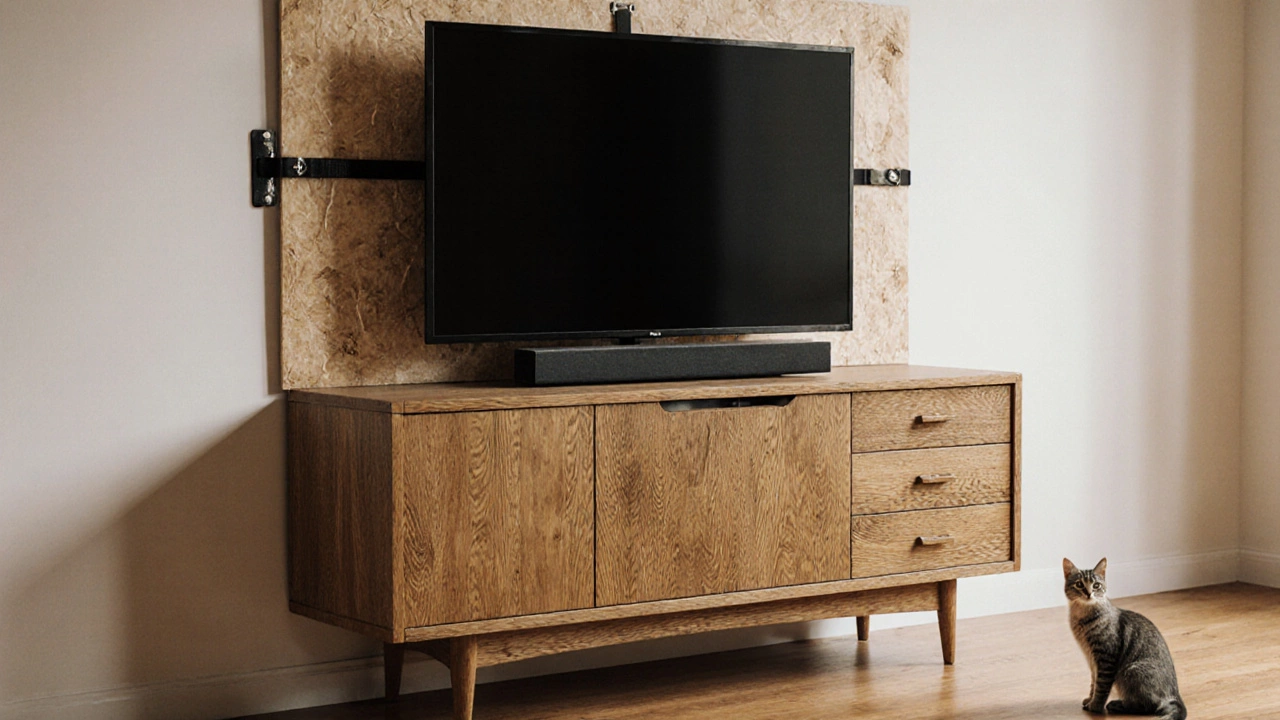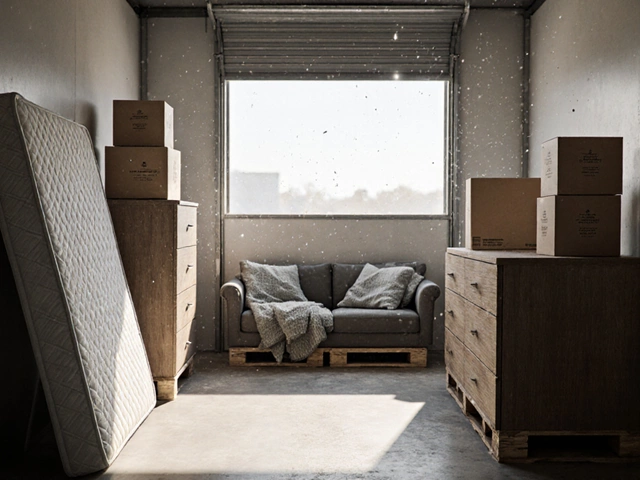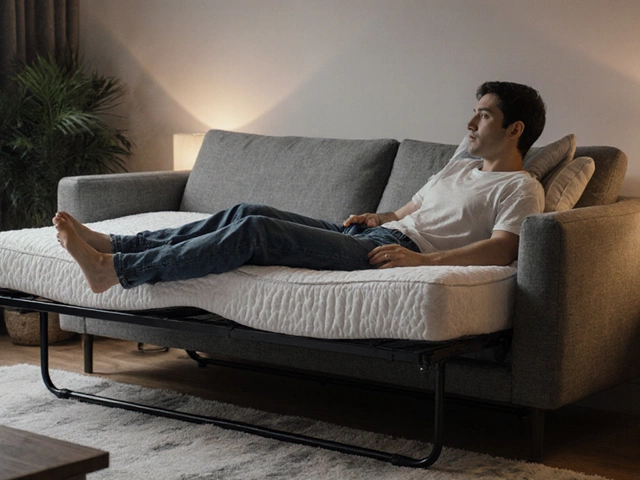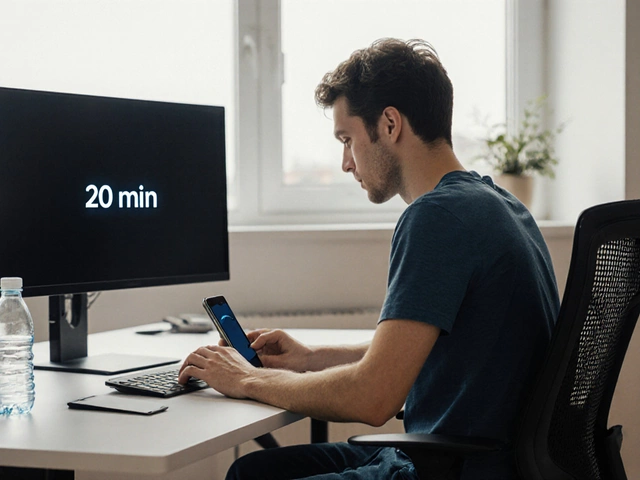Safe TV Placement: Where to Put Your TV Without Risk
When we talk about safe TV placement, the correct positioning of a television to prevent accidents, reduce eye strain, and protect your furniture. Also known as TV positioning, it’s not just about finding the best view—it’s about keeping your home safe, especially if you have kids, pets, or aging relatives. A TV that’s too high, too low, or perched on a wobbly stand isn’t just annoying—it’s dangerous. In fact, over 16,000 emergency room visits each year in the U.S. are linked to falling TVs, mostly from unstable furniture. That’s not a myth. That’s data from the Consumer Product Safety Commission.
TV stand size, the width and weight capacity of the surface holding your TV. Also known as TV base, it needs to be at least two-thirds the width of your screen to keep things balanced. A 65-inch TV on a 30-inch stand? That’s asking for trouble. And don’t assume a heavy TV is safe just because it’s big—lightweight models with wide bases can be more stable. The same goes for wall mounts: if you’re hanging it, make sure the bracket matches your TV’s VESA pattern and the wall has solid studs behind it. Drywall anchors won’t cut it for anything over 50 pounds. Then there’s TV mounting, the process of securing a TV to a wall or stand to prevent tipping and optimize viewing angle. Also known as TV installation, it’s not just about drilling holes. It’s about height, angle, and distance. Your eyes should be level with the center of the screen when seated. Too high, and you’re straining your neck. Too low, and you’re looking down at your chin. And if you’re placing it near a window, glare can ruin the picture—and make you squint for hours. Don’t forget about furniture arrangement, how your TV fits into the overall layout of your living space, including clearance, pathways, and other furniture. Also known as room layout, it affects safety too. If your sofa bed is right in front of the TV, and your coffee table is too close, you’ve got a tripping hazard. If your recliner is pulled too far back, you’re losing the immersive experience. And if your storage unit is crammed with boxes behind the TV stand? That’s a fire risk and a dust magnet.
What you’ll find in the posts below are real, practical fixes—not theory. We’ve got guides on why a smaller TV stand can actually work if done right, how to avoid common mounting mistakes, and what to do if you’ve already got a wobbly setup. You’ll see how senior recliners and sofa beds influence TV placement in small spaces. You’ll learn what to avoid when storing furniture near your entertainment area. And you’ll get clear, no-fluff advice on how to make your TV setup safer today, not next year.
Can You Use a Dresser as a TV Stand? Practical Tips and Safety Checks
Using a dresser as a TV stand can work if it's sturdy, wide, and anchored-but most modern dressers aren't safe. Learn how to check stability, avoid risks, and when to buy a proper TV stand instead.





